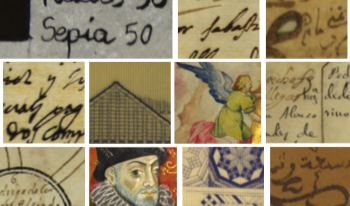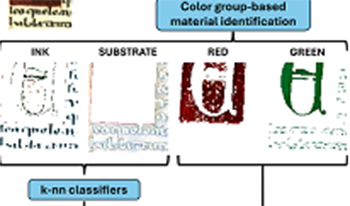
The HYPERDOC database is a publicly available hyperspectral imaging resource for the analysis of historical documents and mock-ups of inks and pigments. It consists of 1681 hyperspectral datacubes, containing millions of reflectance spectra, covering the VNIR (400–1000 nm) and SWIR (900–1700 nm) spectral ranges, including different ink recipes and documents from the 15th to 20th centuries, preserved in two archives in Granada, Spain. We will present the data acquisition process and structure of the database, followed by a live demonstration of its functionality, guiding participants through its use. Additionally, three applications of the database will be summarized, including document binarization, ink classification using machine learning techniques, and ink aging analysis. The HYPERDOC database facilitates the integration of advanced imaging techniques into document analysis and preservation, contributing to the non-invasive study of historical materials.

Hyperspectral imaging has been widely and consistently applied in the field of Cultural Heritage for material identification. In the specific context of historical document analysis, it is frequently supported and complemented by additional analytical techniques. In this study, we propose a straightforward method for material identification that combines adaptive direct identification—using a reference library of visible and near-infrared spectral reflectance data for pigments—with a KNN classifier applied to an extended spectral range for inks and supports. The method has demonstrated a high degree of accuracy, successfully identifying materials present in both actual historical documents and mock-ups created following medieval techniques. Its performance is illustrated through three spectral image fragments extracted from the HYPERDOC project database.